User Experience for IoT
By: Julia Alberts, User Experience Designer, Beyond Design, Inc.
Over the last 10-15 years, user experience design and interaction with products has changed drastically. With so many of us using our mobile phones, tablets, and smart TV’s, we’re used to having one service across multiple platforms to provide us with different forms of connecting. Figuring out the best ways to design for new devices and experiences is what industrial designers and user experience designers live for. With a wide variety of frameworks to work with, there are endless possibilities to examine and play around with to find the best solution for the end product.
The Internet of Things or IoT is the growing range of products that require connectivity, sensing abilities and increased computing power to make them function. Some common categories include:
• Connected Home Technology
• Wearables
• Medical / Wellness Devices
• Connected Cars
• Urban Systems
Designing for IoT products raises challenges all over the board. With all these different factors to work with, complex issues can present themselves. Spanning through different interconnected devices, services and users – the customer experience will perceive a negative or positive effect on the product. Having IoT a field that is primarily technically driven, the way a product is designed technically plays an instrumental part in our everyday lives, especially in how users use their devices. Working together with industrial designers to provide users with a one of a kind, yet successful experience is what we strive for on each project.
The shift from desktop to mobile platforms means that consumers can use computers in a wide variety of situations – along with what device they use. Mobile design requires user experience designers to put a greater push on understanding the user’s needs and their particular preference of use. With IoT, it pushes this even further to examine computing power and the networking embedded into the products and environments around us.
When creating connected products for consumer use, it is important to think about the impact it will have and whether or not it fits in with your design perspective of your company. Having worked with innovative clients and surrounding myself with colleagues that challenge the status quo, here are my four (4) takeaways on how to break away from IoT challenges in UX design.
1. Cross-Functionality of Design: IoT devices come in a wide form of products providing users with a number of varying input and output capabilities. Some products might have screens, such as thermostats or washing machines. Other products might communicate with users by using a flashing LED light or sounds. There’s always a possibility of some that won’t have any input or output capabilities and will be unable to tell us directly what they are doing internally. With all the various capabilities within products, users need to feel that everything is connected simultaneously with no disruptions.
2. Service of the User Experience: When discussing IoT, all the focus seems to be placed on the devices themselves. However, the behavior associated with those devices could be generated by a specific program that relies on another device on a network. This is called the cloud service. The cloud around a network is just as important as the user experience with the device, if not more. If the cloud service doesn’t work, then what’s the point? Every piece of the IoT puzzle is essential to give users the best experience out there.
3. IoT is Primarily Unparalleled: When desktops, smartphones or tablets are designed, most users think that there should be no problems having synchronized connectivity to whatever they are using it for. Well-designed applications used for mobile purposes can generally manage outages, but sometimes the flow of interactions doesn’t run as smoothly as we think it should. With IoT systems, a majority of connected devices either run on batteries or need to conserve electricity. Maintaining the level of connections uses a significant amount of power, which means that different parts of a system can be out of sync with one another – causing disturbances in the user experience. Even though sometimes those disturbances might not be noticed, it is a good idea to always back-up your items and make sure that you’re doing everything correctly to prevent any hiccups in the experience.
4. The Arrangement of Code: The combination of devices and code that makes a system work is called the system model. As users, not needing to understand the technical architecture of how internet services work is OK. However, as designers, we need to understand form and function of a conceptual model of how companies develop their systems for users to use on a daily basis from searching for a product, to adding them to a cart to logging into an account and paying. A typical IoT service consists of the following:
• One or more embedded devices
• An internet service
• A separate device that needs to connect to an embedded device for internet purposes
• One more mobile applications for the user to interact with the service through smartphone, tablet or desktop computer
In a perfect world, no device would ever lose connectivity. However, that’s not the world that we live in. And IoT is not fully developed the way that eCommerce is, so failures will occur more frequently. As a UX designer, we have to make sure that important functions work properly and will continue to work when parts go offline or hinder away from the connection to make it as easy as possible for users to know how to work these products.
With countless devices connected to the internet that are being brought to the market, the IoT sector is forecasting to expand to more than 6.4 billion products, eventually igniting to 20.8 billion things by 2020, that users could purchase and bring into play on a daily basis. These ‘smart’ devices include lights and water faucets to door locks and home appliances. Anything is fair game, and as designers, we’re excited to explore all these fascinating and intricate products to design for the market. The bottom line is to always consider your target customers, and base decisions on them. At the end of the day it always comes back to value. Do what is valuable to your users, and you can overcome any obstacle presented with your IoT project.
For additional information about this article or if you have comments, please contact info@beyonddesignchicago.com


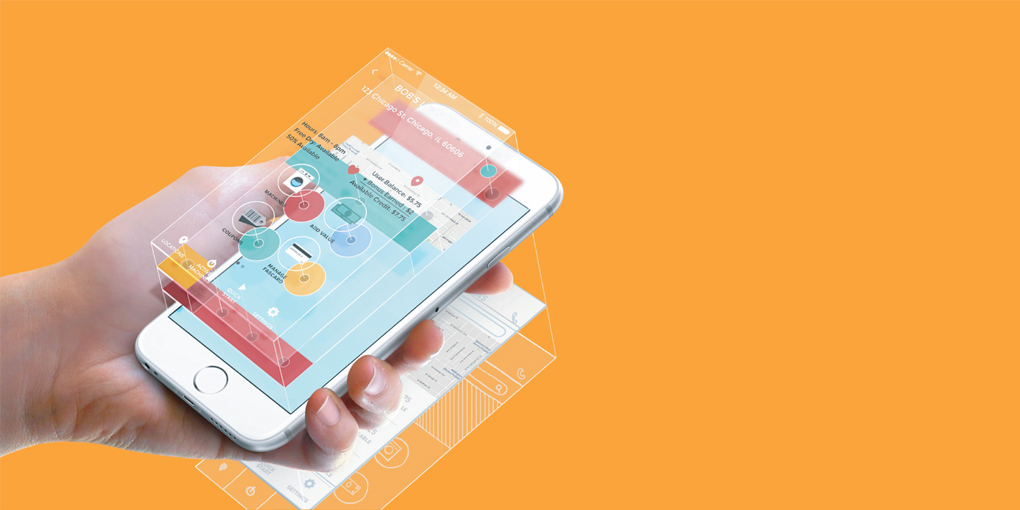
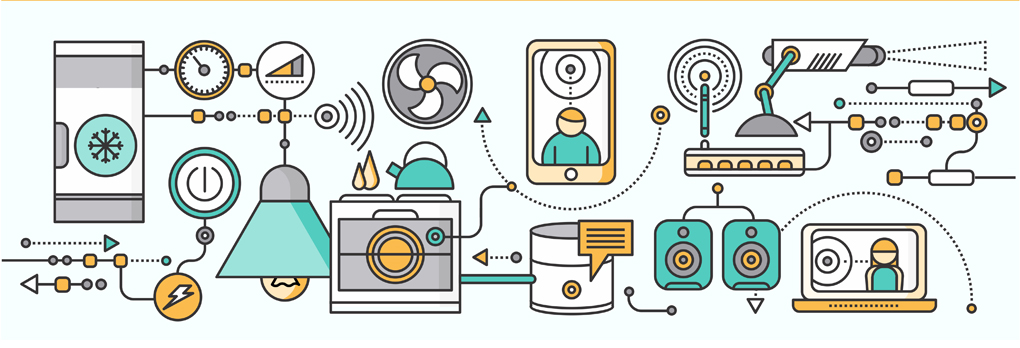
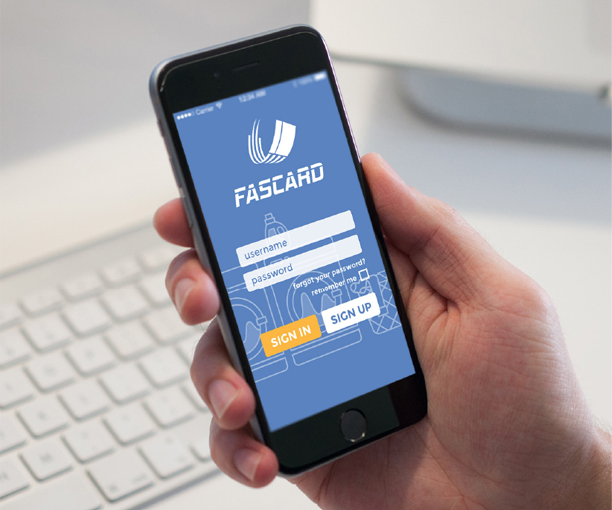
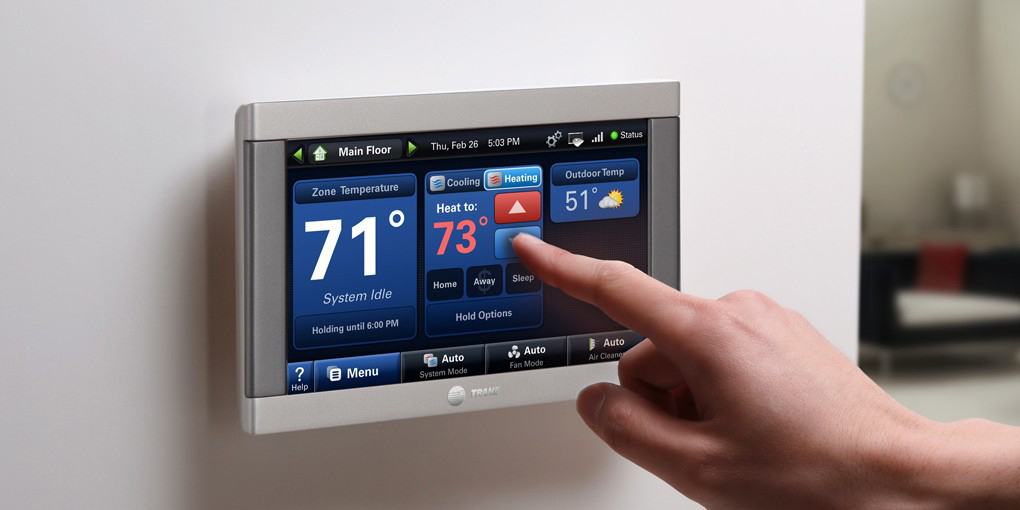
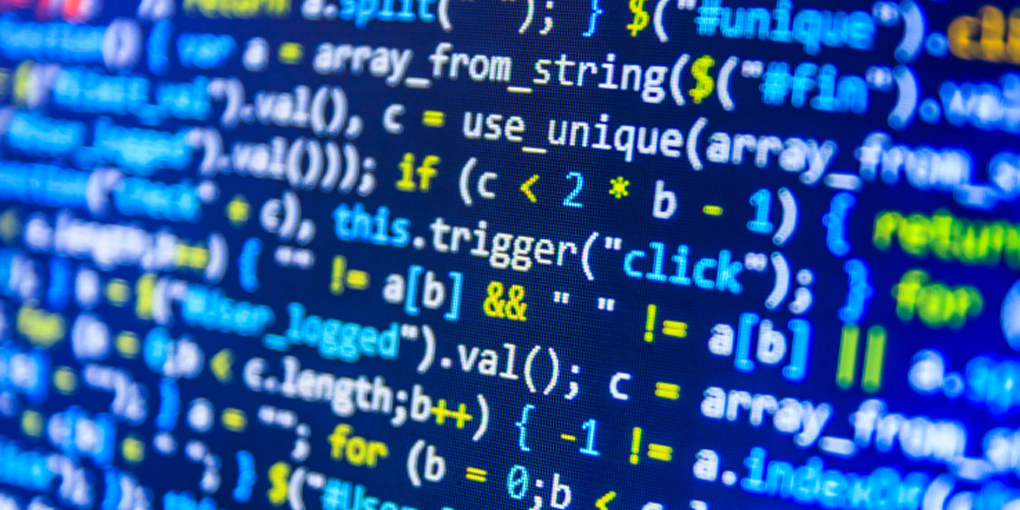
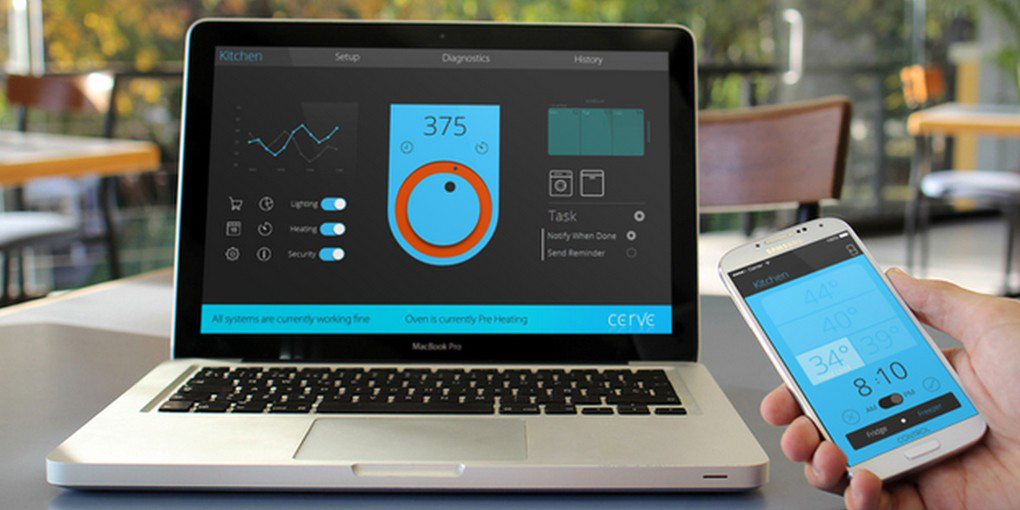
 Top
Top
